When people hear the word rebounding, they usually think of bouncing on a mini trampoline. But did you know there are three different ways to rebound—and they are not equal?
- Mini trampolines are excellent for balance and joint-friendly indoor workouts.
- Fit Boots bring rebounding to the streets: more freedom, higher calorie burn, and maximum fun.
- Plain jumping on the floor? It works, but puts heavy stress on joints and is rarely sustainable.
This blog dives into the science behind rebounding and explains why Fit Boots are the natural evolution of trampolines.
What Is Rebounding?
Rebounding means bouncing with elastic resistance—either on a trampoline or with rebound boots. Every jump challenges your body on multiple levels:
- Muscles and core work harder to stabilize.
- Bones receive impact that stimulates growth.
- Heart and lungs adapt quickly for endurance.
- The lymphatic system pumps more efficiently, helping detoxify the body.
NASA even found that 10 minutes of rebounding equals 30 minutes of running when it comes to cardiovascular benefits—without the joint strain.
Mini Trampoline vs. Fit Boots vs. Plain Jumping on Regular Shoes
Mini Trampoline
- Stationary, indoor setup.
- Great for balance, coordination, and joint protection.
- Proven in many studies, especially for older adults.
Fit Boots
- Mobile and versatile: you can run, dance, and train anywhere.
- Burns up to 1000 calories per class thanks to higher intensity.
- Fun, social, and perfect for group workouts.
- Protects joints with up to 80% less impact than ground jumping.
Plain Jumping on Regular Shoes
- Effective for muscles and bones but high risk for joints and injuries.
- Not sustainable for long-term training.
- Lacks the fun and motivation factor that keeps people consistent.
👉 Bottom line: Fit Boots are the evolution of rebounding—they combine the science of trampolines with the freedom of natural movement.
What doctors are saying, watch the video 👉
Proven Health Benefits of Rebounding
Balance & Coordination
Studies show up to 33% improvement in balance, which reduces fall risk and builds confidence.
Muscle Strength
Rebounding strengthens legs, glutes, arms, and core. Some trials recorded 36% strength gains in just weeks.
Cardio & Endurance
Your cardiovascular system adapts fast, with VO₂ max gains between 5% and 15% in just 4 weeks of rebounding.
Bone Density & Joints
Rebounding stimulates bone growth (+2%) while protecting joints—ideal for osteoporosis prevention.
Mental Focus
Research shows better attention and cognitive performance, especially in women.
Diabetes & Metabolism
Rebounding reduces insulin resistance and improves blood sugar control by 15% in diabetic patients.
Rebounding vs. Running: The NASA Discovery
When NASA studied astronaut training, they compared running with rebounding. The results:
- 68% more efficient than running.
- Higher oxygen uptake.
- Less joint stress.
That’s why rebounding is often called the smartest workout on Earth—and beyond.
Key Scientific Studies on Rebounding
| Study (Year) | Who Was Studied | Main Result |
|---|---|---|
| NASA Study (1980) | Young adults | Rebounding 68% more efficient than running |
| Posch et al. (2019) | Women with bone loss | +33% balance, +36% strength, +25% faster movement, stronger bones |
| Okemuo et al. (2023) | Stroke, MS, Parkinson’s | Much better walking speed, some better balance |
| Witassek et al. (2018) | Healthy adults | +12% core strength, +8% jump power, better fitness |
| Clement et al. (2022) | Male gymnasts | After 8 weeks of Training: 50% higher Bounce and 47% more Calorie burn |
| Nuhu & Maharaj (2018) | Diabetics | -15% insulin resistance, improved blood sugar/cholesterol |
| Okemuo et al. (2024) | Overweight women | Improved attention and better balance |
How to Start Rebounding
- Choose safe, high-quality rebound boots (Fit Boots) or a mini trampoline.
- Start with 5–10 minutes, two to three times per week.
- Begin with easy moves: basic bounce, jogging in place, side steps.
- Focus on posture and core engagement.
- Increase time and intensity gradually.
Ready to Experience the Difference?
Science backs it. Trainers recommend it.
Thousands are already bouncing pain-free around the world.
👉 Discover the Benefits of Fit Boots – and see how rebound training can transform your workouts, your joints, and your energy. Or, if you’re ready to jump in: Shop Fit Boots now
Final Thoughts
Rebounding comes in many forms, but not all are equal:
- Trampolines build balance.
- Fit Boots deliver full-body fitness with fun and freedom.
- Plain floor jumping is high-risk, low-sustainability.
If you want a workout that’s fun, joint-friendly, and scientifically proven, Fit Boots are your best step into the future of fitness.
References
- Posch et al., 2019 – Mini trampoline and bone loss
- NASA Study, 1980 – Rebounding efficiency
- NASA Study PDF
- Okemuo et al., 2023/2024 – Neurological rehab & cognition
- Witassek et al., 2018 – Strength and endurance
- Clement et al., 2022 – VO₂max & endurance
- Nuhu & Maharaj, 2018 – Diabetes outcomes
- Okemuo et al., 2024: Cognition and balance
Never miss another article
Highly curated content, case studies, Riverside updates, and more.
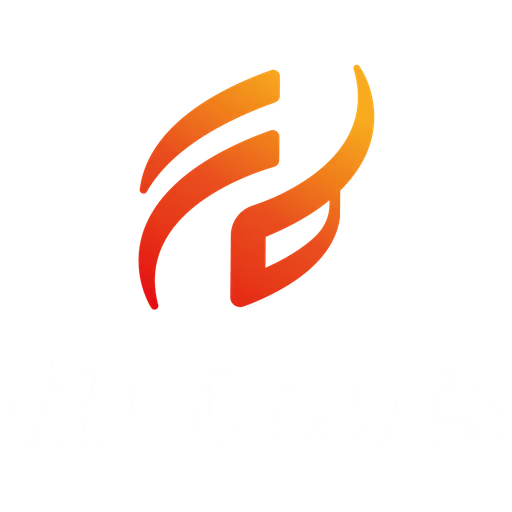



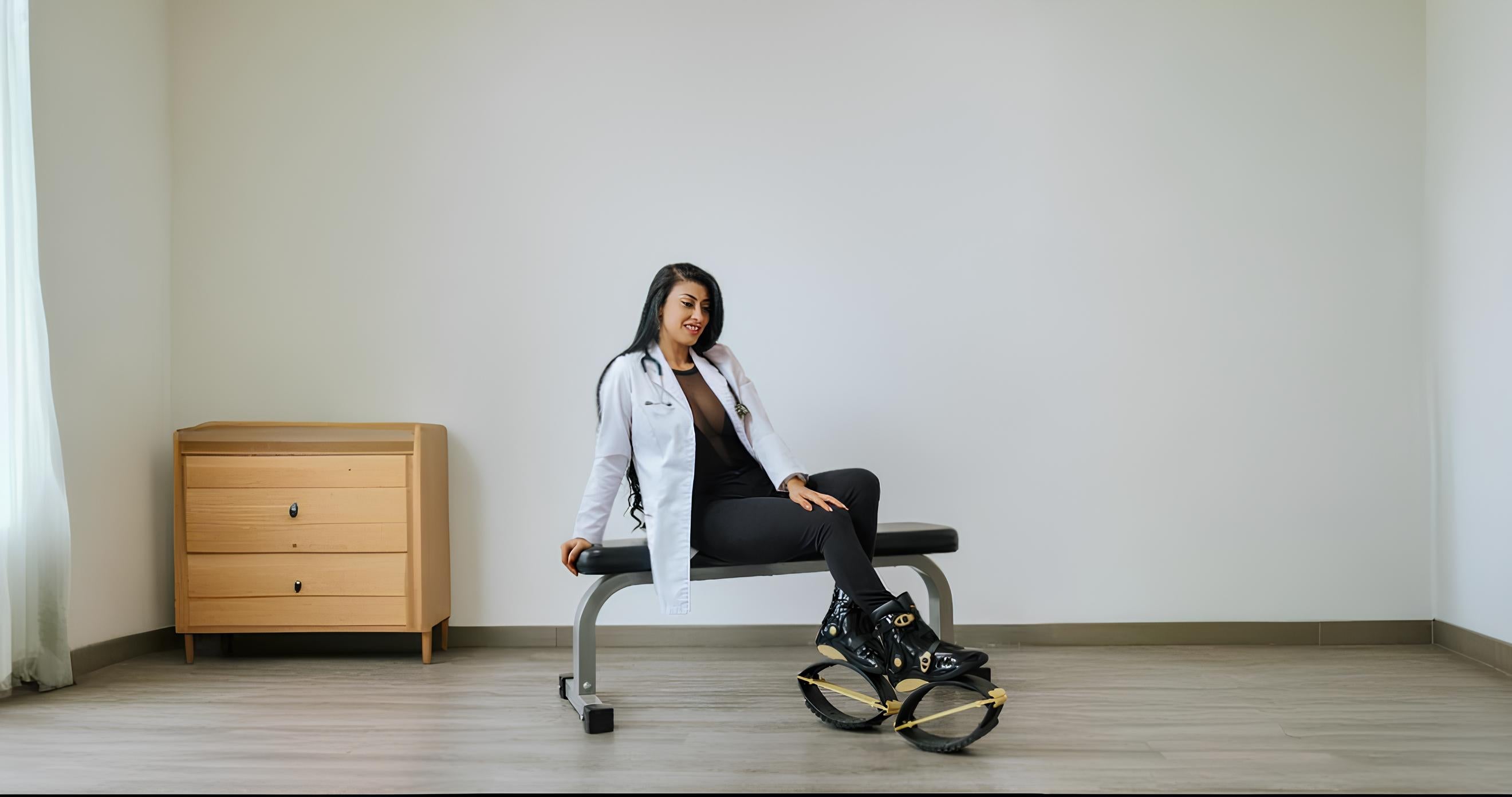
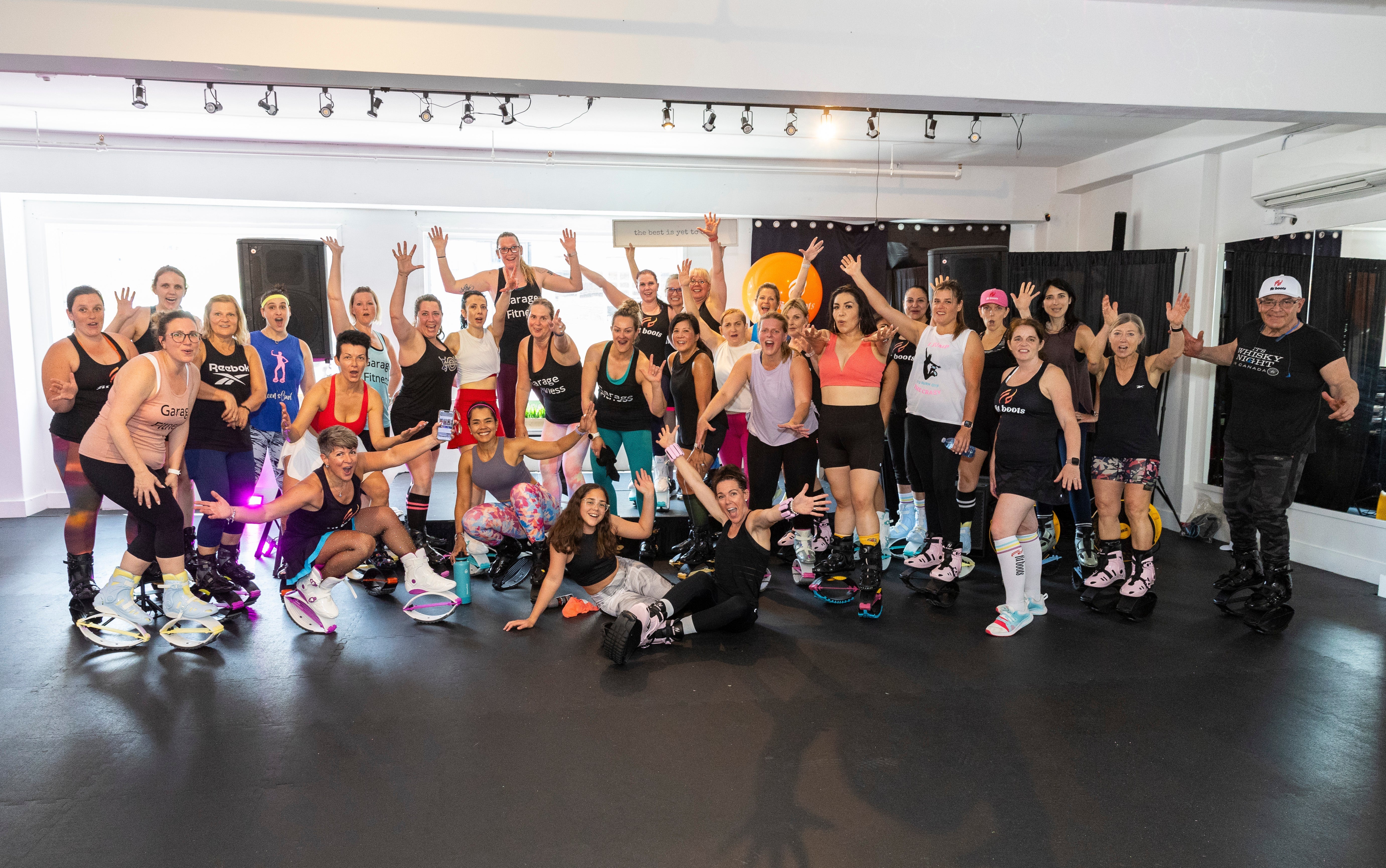

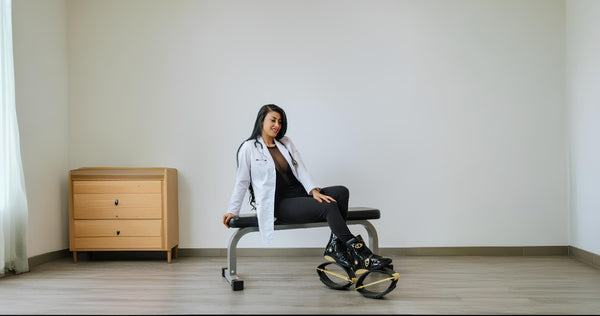
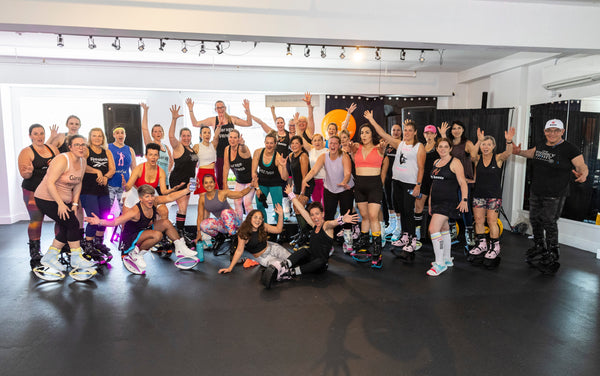

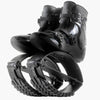



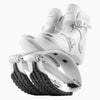

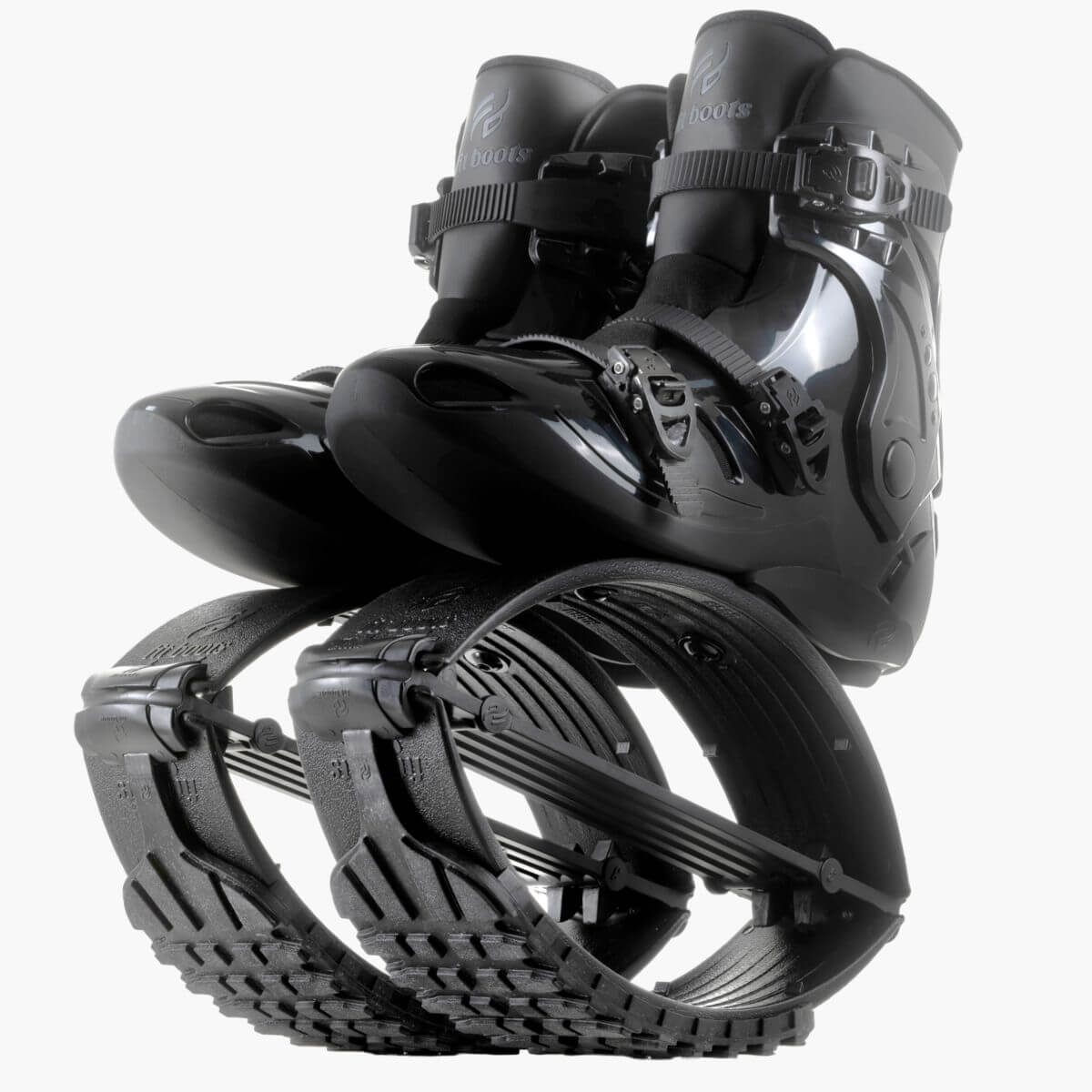
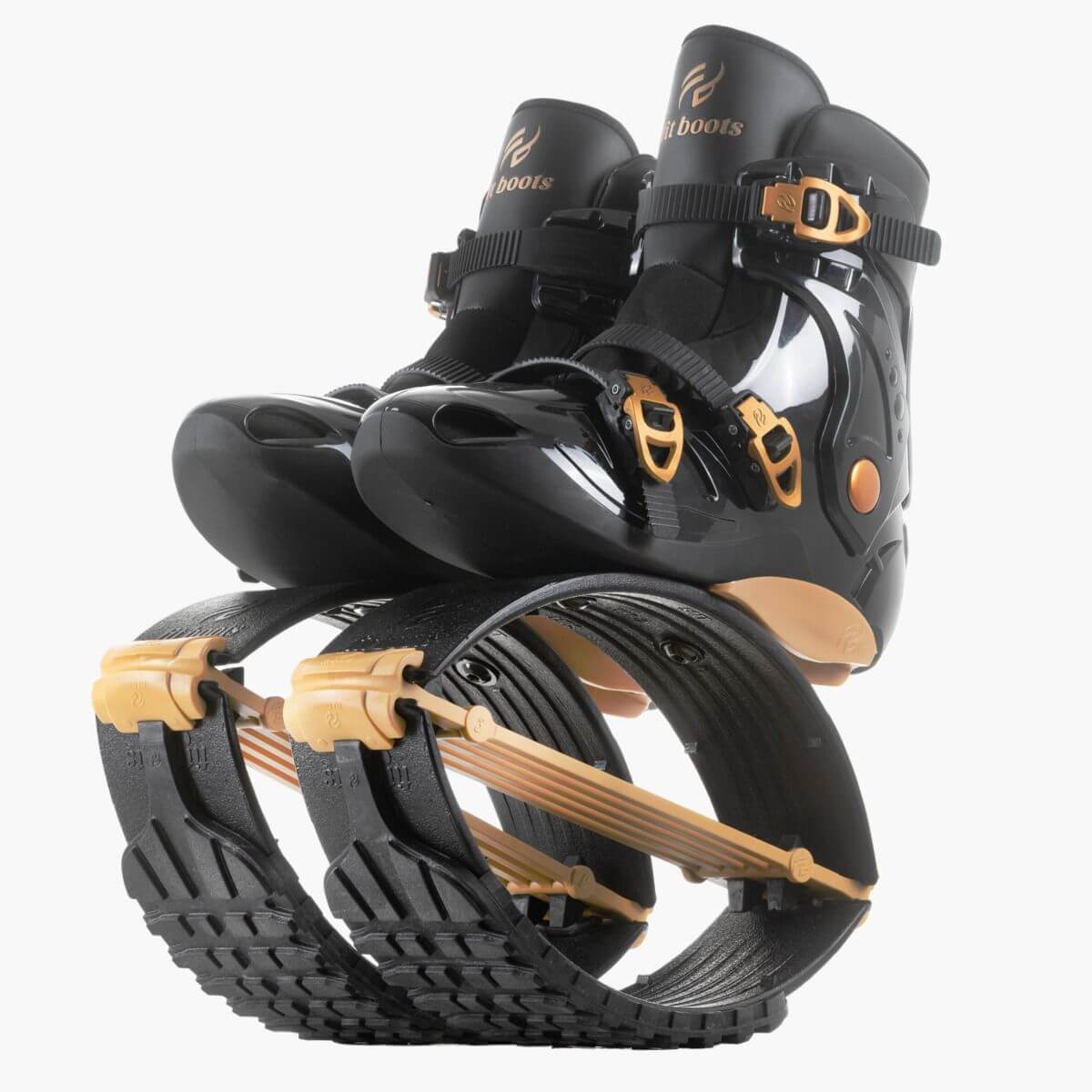
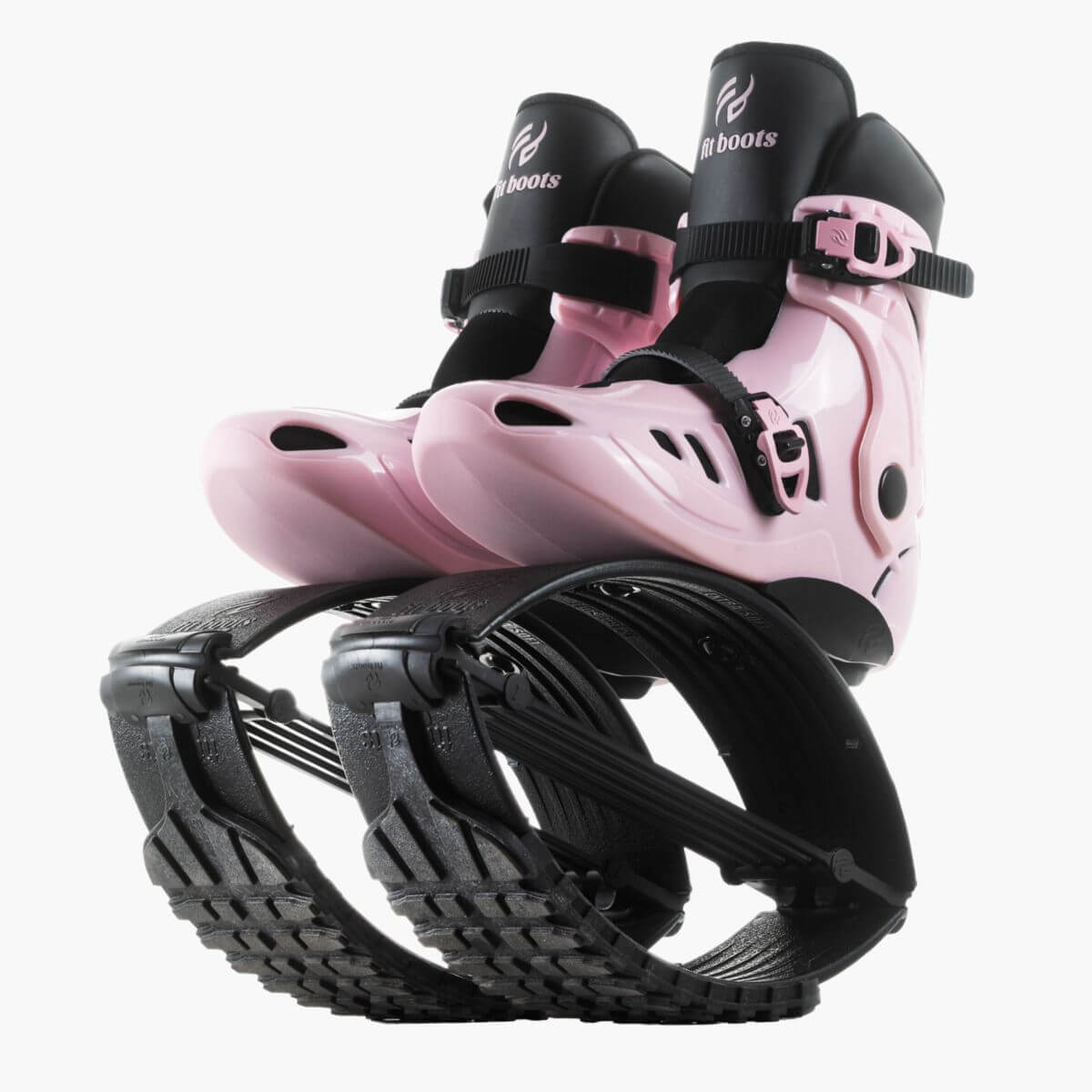
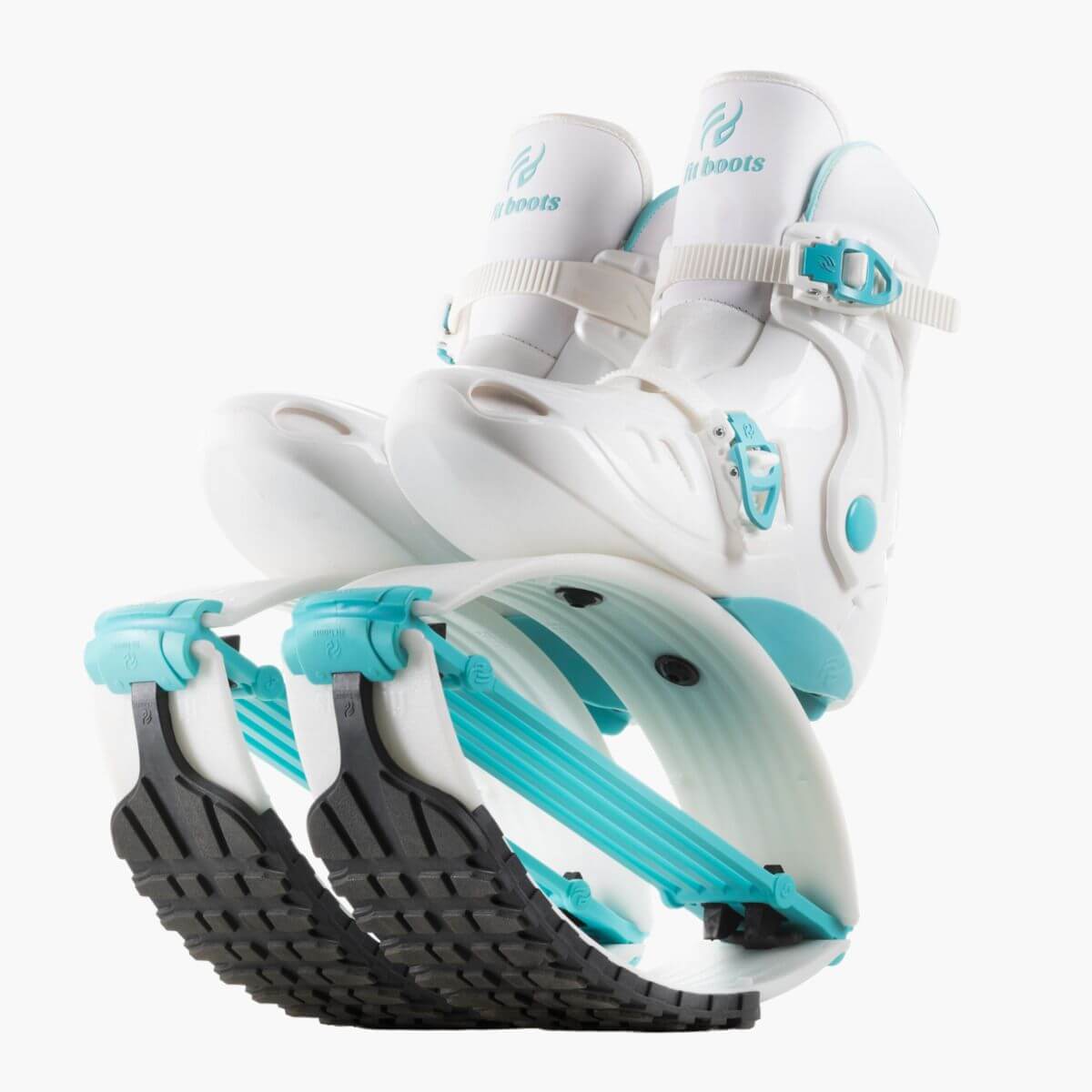
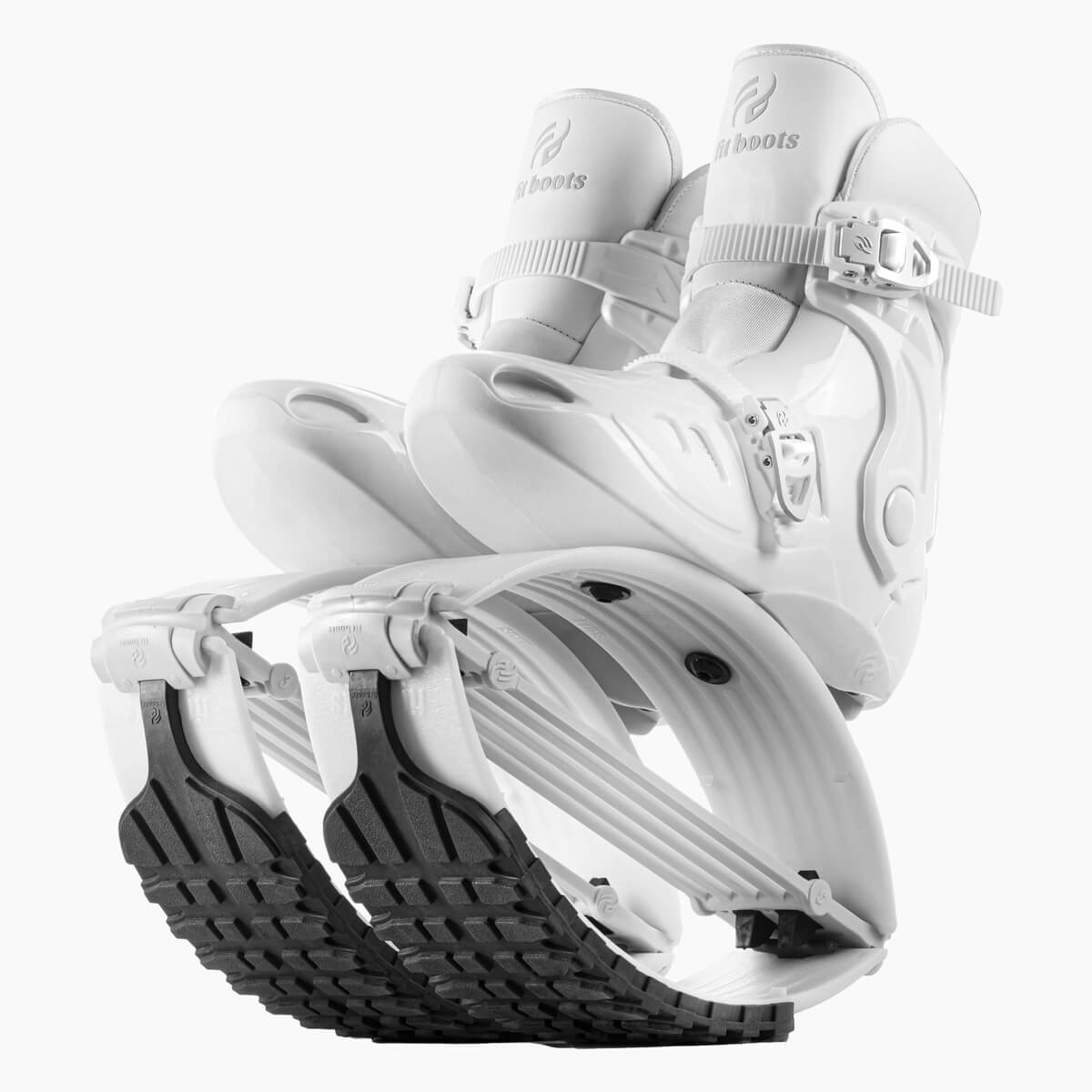
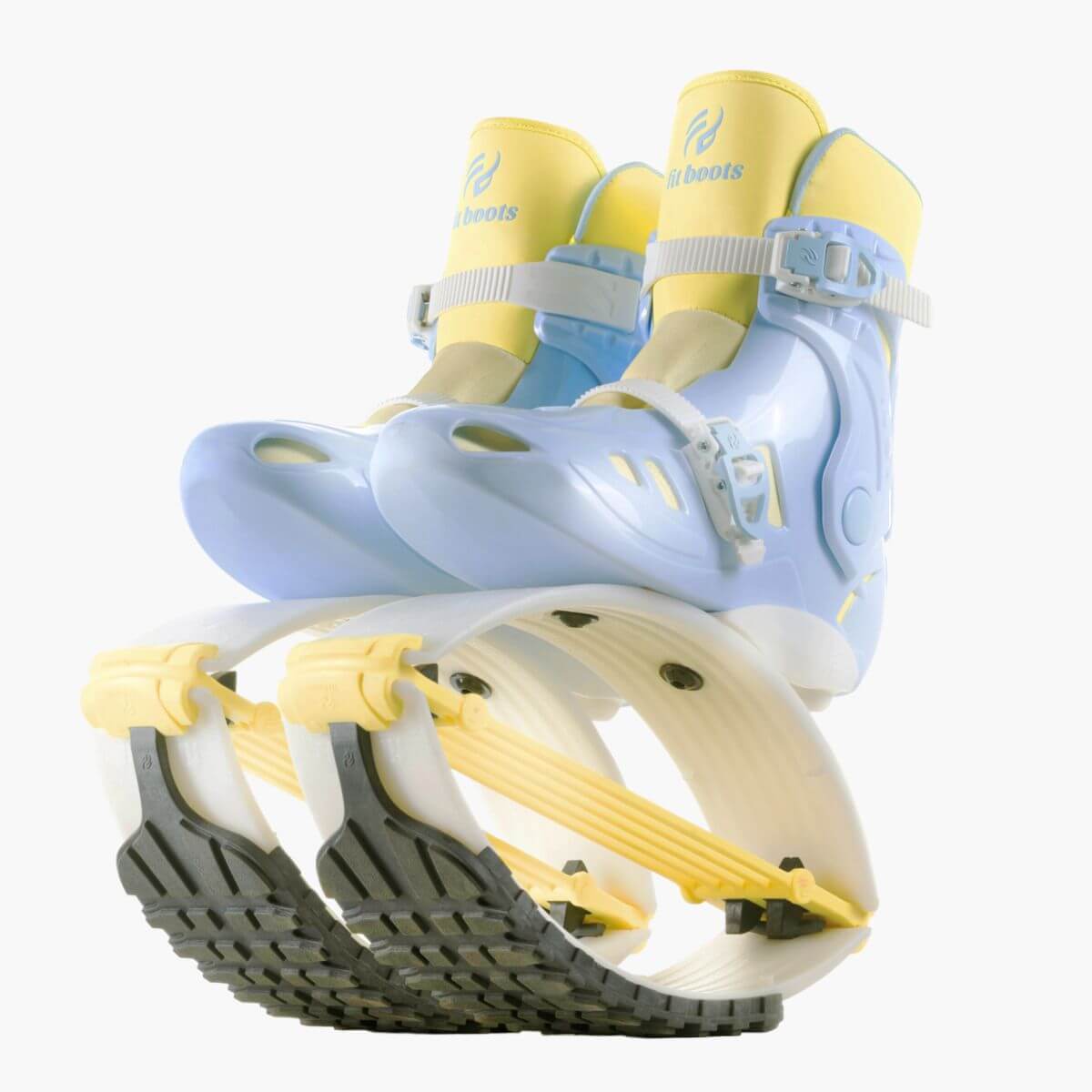
0 comments